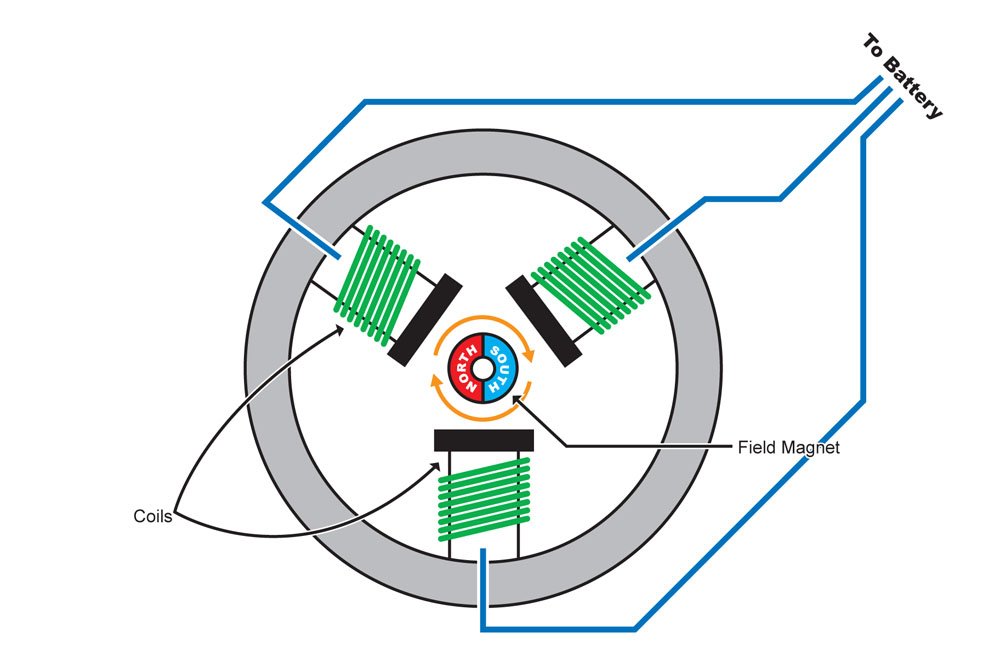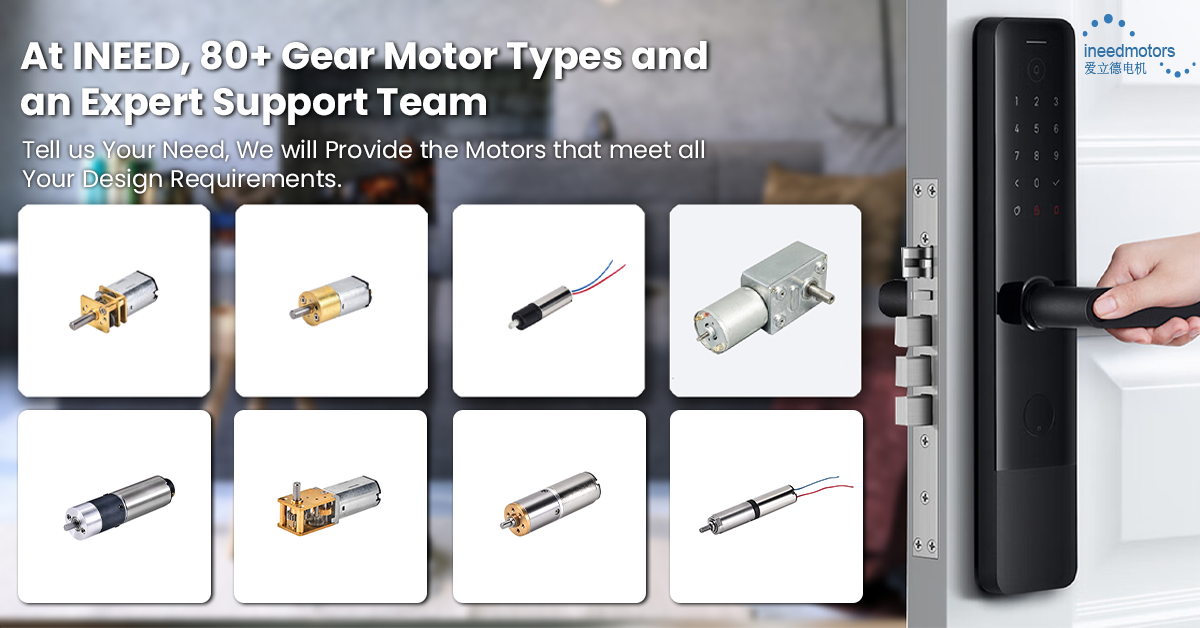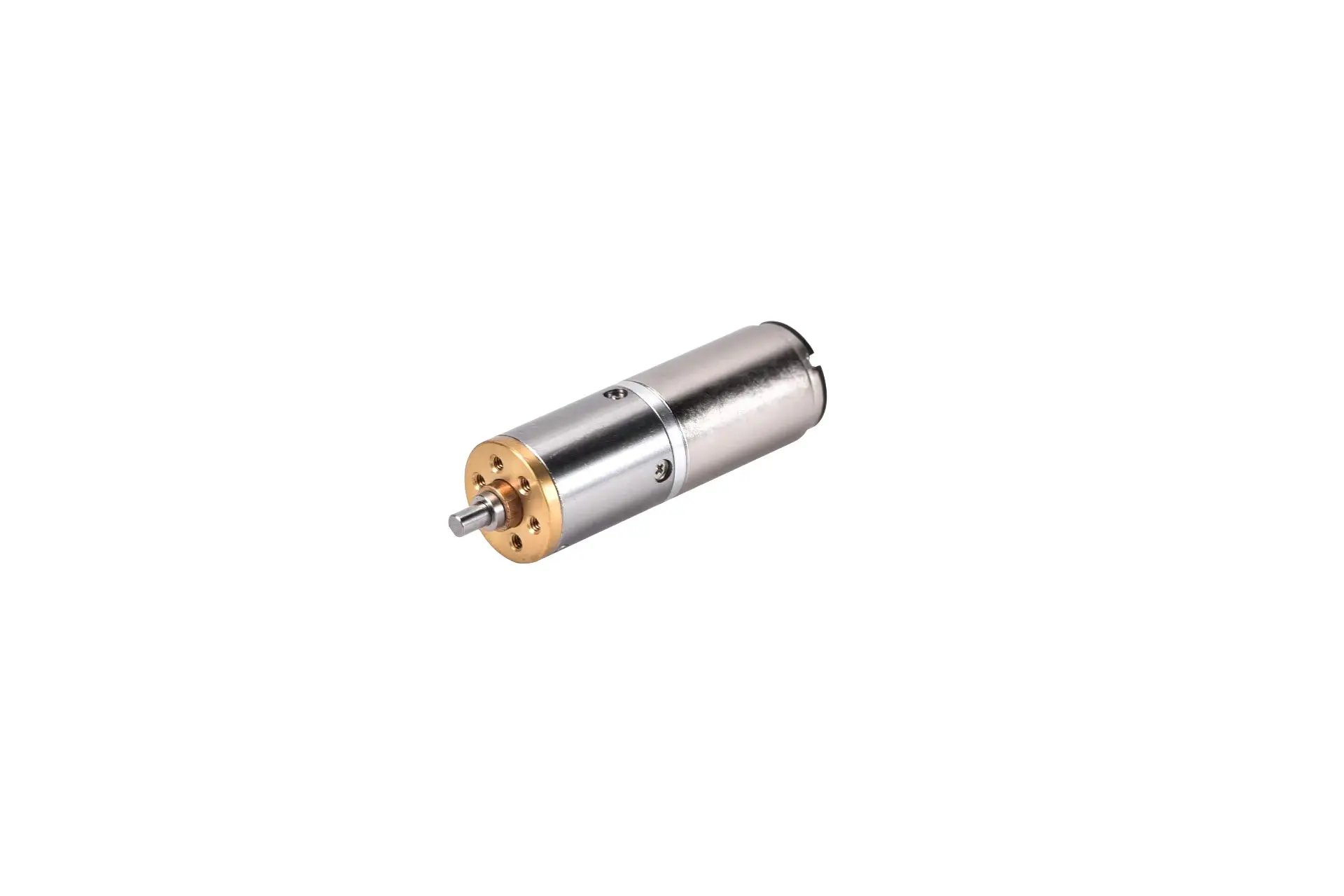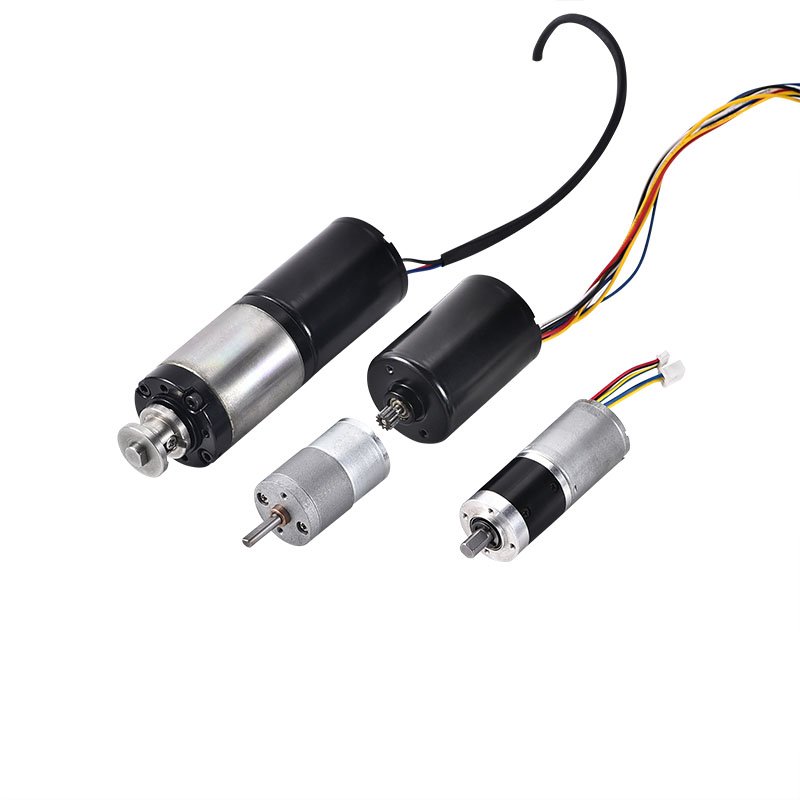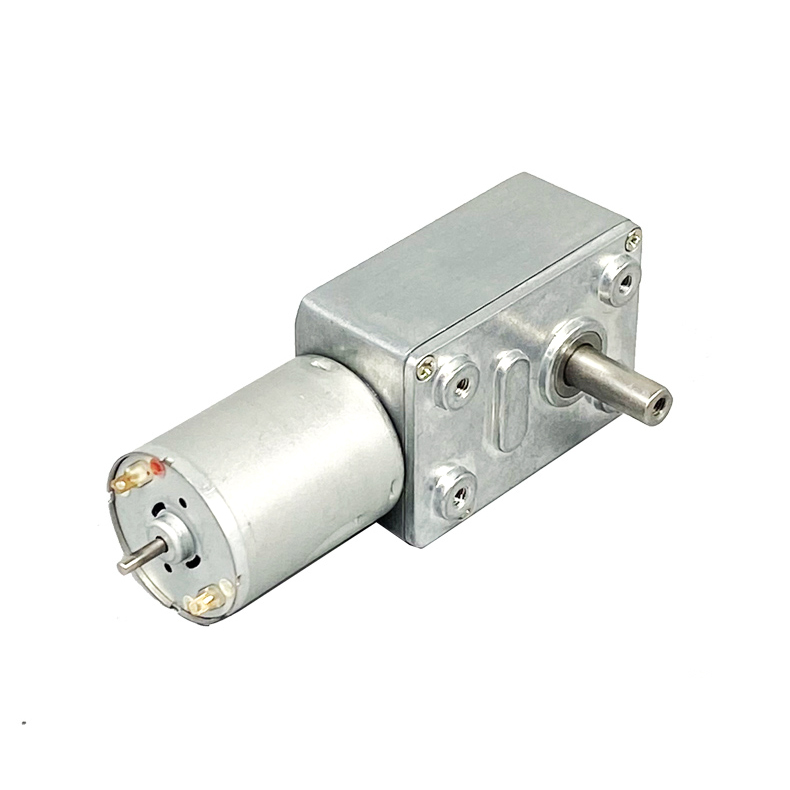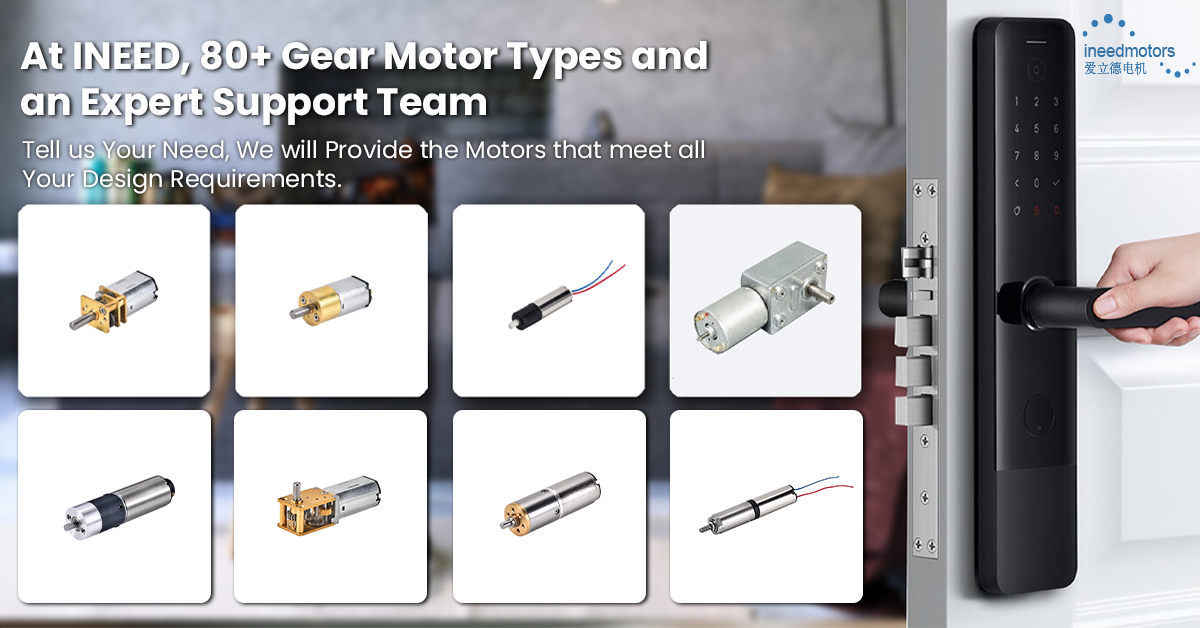Brushless versus brushed motors are not the same. When comparing brushless versus brushed, brushless motors are more efficient and last longer. They don’t have parts that wear out quickly. Brushless motors require less maintenance and perform well in many applications. On the other hand, brushed motors need more repairs and tend to weaken over time. People who want reliable machines often choose brushless versus brushed motors for better performance.
Key Takeaways
Brushless motors last longer. They need less fixing because they do not have brushes that wear out. Brushless motors use energy better. They work faster and give smoother control than brushed motors. Brushed motors cost less at first. They work well for simple and cheap projects. You should pick a motor based on your budget. Think about how well it needs to work and how much fixing you want to do. In the future, motors will be smaller, stronger, and smarter. This will make machines work better and break less often.
Brushless Versus Brushed Overview
Motor Types Defined
Many people wonder why engineers pick one motor type. The choice depends on how each motor works and what is needed. There are two main types: brushed motor and brushless motor. Both are electrical motors, but their designs are not the same.
A brushed motor has brushes and a commutator. These parts send dc electric power to the rotor, which spins. This design has been around for over 100 years. The brushed dc motor is simple and easy to use. You can find it in toys, small machines, and some electric cars.
A brushless motor is also called a brushless dc motor. It does not have brushes. It uses electronic controllers to change the current in the windings. This makes less friction and less wear. The brushless dc motor is now common in new electric tools, drones, and cars. People like brushless versus brushed motors because they last longer and need less fixing.
How Each Motor Works
Why do these motors work in different ways? The answer is in how they run. In a brushed dc motor, the brushes touch the commutator. This makes friction and heat. The brushes wear down and must be replaced. The motor can lose power and not work as well when this happens.
A brushless dc motor works in another way. It uses sensors and electronic circuits to control the dc electric current. The rotor spins without brushes touching it. This means less friction, less heat, and a longer life. The brushless motor can go faster and use energy better. Many engineers pick brushless versus brushed motors for these reasons.
Note: Picking brushless versus brushed motors depends on what you need. Brushless motors work better and last longer in most new electric devices.
Comparison
Efficiency
Brushless motors show higher efficiency than brushed motors. The main reason comes from the design. Brushless motors do not have brushes that touch the commutator. This reduces friction and heat. Less energy gets lost, so more power goes to the load. Engineers choose brushless motors when they want to save energy and get better performance. Brushed motors lose more energy as heat because the brushes rub against the commutator. This makes them less efficient.
Tip: When a project needs high efficiency, a brushless motor often works best.
Lifespan
The lifespan of a motor matters for many users. Brushless motors last longer than brushed motors. The reason is simple. Brushless motors do not have brushes that wear out. The electronic control system in a brushless motor keeps the parts from touching and wearing down. In a brushed dc motor, the brushes wear out over time. This leads to more repairs and a shorter life. People who want a motor that runs for years often pick brushless.
Maintenance
Maintenance affects how often a user must fix or check a motor. Brushless motors need less maintenance. They do not have brushes to replace. The electronic parts in a brushless motor stay clean and work for a long time. Brushed motors need more care. The brushes wear down and must be checked and replaced. This means more downtime and higher costs for repairs. Many industries use brushless motors to lower maintenance needs.
Cost
Cost plays a big role in choosing a motor. Brushless motors cost more at first. The electronic controllers and advanced parts make the price higher. Brushed motors cost less to buy. They have a simple design and fewer parts. Over time, the total cost can change. Brushless motors save money on repairs and last longer. Brushed motors may need more repairs, which adds to the cost. Users must think about both the starting cost and the long-term cost.
Motor Type | Initial Cost | Maintenance Cost | Lifespan |
|---|---|---|---|
Brushless Motor | High | Low | Long |
Brushed Motor | Low | High | Short |
Note: The total cost of a motor includes the price to buy it and the money spent on repairs and maintenance.
Performance
Performance stands at the center of motor choice. Brushless motors give better performance in most cases. They offer faster speeds, smoother motion control, and more power. The electronic control in a brushless motor allows for precise motion control. This helps in tasks that need accuracy, like robotics or drones. Brushed motors give steady performance but cannot match the speed or control of brushless motors. In dc motion control systems, brushless motors lead the way. They respond quickly and handle changes in load better. Many engineers pick brushless motors for high-performance needs.
Brushless motors:
High speed
Smooth motion control
Quick response
Better for precise motion control
Brushed motors:
Simple control
Good for basic tasks
Lower performance in demanding jobs
Engineers choose brushless motors when they want top performance and reliable motion control.
Applications
Brushed Motor Uses
Brushed motors are found in many simple machines. They are easy to control and cost less at first. Engineers put them in toys and small home appliances. Some old electric vehicles use brushed motors too. These motors work fine when you do not need high accuracy or a long life. Many factories use brushed motors for conveyor belts and simple tools. They are easy to fix, so machines do not stop for long. People pick brushed motors when money is tight or repairs are simple.
Brushless Motor Uses
Brushless motors help make new technology better. Engineers use them in electric motorcycles and service robots. They also go in advanced power tools. Brushless motors are quiet and save energy. In electric vehicles, they use special windings and strong magnets. This gives more power and smoother running. Power tools with brushless motors last longer and have more strength. Service robots move smoothly and make less noise. Factories use brushless motors for jobs that need to run all the time. These motors do not need much fixing. Electric motorcycles go faster and their batteries last longer with brushless motors.
Tip: Brushless motors make machines quieter and more efficient. They also need less fixing.
Choosing the Right Motor
Picking a motor depends on what you need. Money, how well it works, and repairs all matter. The table below shows how these things affect your choice:
User Requirement | Influence on Motor Choice | Explanation |
|---|---|---|
Budget | Brushed motors cost less at first | Good for easy jobs and saving money |
Performance | Brushless motors are faster and more accurate | Best for electric motorcycles, robots, and tools that need to be exact |
Maintenance | Brushless motors need less fixing | Great for factories and service robots |
People who want strong and easy-to-care-for motors pick brushless. If you need something cheap and simple, brushed motors are good. Engineers think about the job, the price, and how much the machine will run. The best motor is the one that fits the project’s needs.
Future Trends
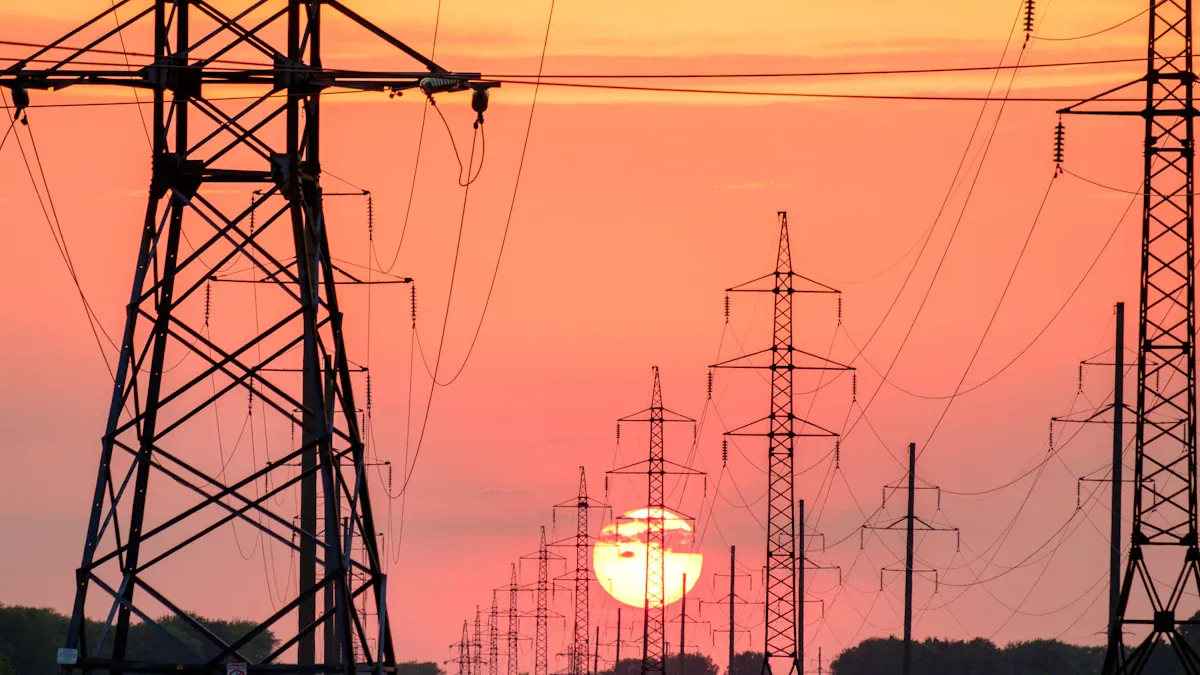
Brushless DC Motor Innovations
Engineers keep making the brushless dc motor better. They want motors to be smaller and lighter for new things. Miniaturization lets designers put motors in tight spaces. People want small gadgets and tiny electric vehicles. New materials, like strong magnets and better insulation, help the brushless dc motor work better and last longer. Improved electronic controls give smoother motion control. These controls help motors run quietly and use less power. Robots and service robots need very exact motion control. This need pushes engineers to make new ideas. Companies spend money on research because service robots are growing in homes and factories.
Market Shifts
The market for dc motors changes fast. Many industries now pick brushless motors instead of old ones. This is because brushless motors last longer and need less fixing. Electric vehicles use brushless dc motors for better speed and longer battery life. Factories want machines that can run all day. More service robots use dc power, showing why brushless motors are important. People want machines that are quiet, smart, and save energy. The need for better motion control makes companies use new motor technology.
What to Expect Next
The future for dc motors looks good. Engineers will keep making brushless dc motors smaller and stronger. They will use new materials to make motors lighter and tougher. Better controls will give even more exact motion control. More service robots will need reliable dc motors. People will see smarter machines that use less energy and last longer. There will be more electric vehicles, robots, and tools with advanced brushless dc motors.
Tip: Look for new ideas in motion control and dc motor design. These changes will help make the next group of electric machines.
Picking the right motor depends on what you need to do.
Brushed motors are good for easy jobs and saving money.
Brushless motors are better for jobs that need high efficiency, long life, and less fixing.
Engineers choose brushless motors because they use less energy and last longer. New designs will have smarter controls and stronger materials. Motor technology keeps getting better, so people will see machines that work even more reliably soon.
FAQ
Why do brushless motors last longer than brushed motors?
Brushless motors do not have brushes that wear out fast. The electronic control system keeps friction and heat low. This design lets the motor work longer and need fewer repairs.
Why do engineers choose brushless motors for electric vehicles?
Engineers pick brushless motors for electric vehicles for better efficiency. These motors help cars run quietly and use less energy. They also give better performance than brushed motors.
Why do brushed motors cost less at first?
Brushed motors have a simple design with fewer parts inside. Manufacturers can make them quickly and for less money. This lower price makes them good for toys and basic machines.
Why do factories use brushless motors in robots?
Factories use brushless motors in robots for smooth motion and control. These motors need less maintenance, so machines run longer. They help robots move exactly as needed.
Why do some people still use brushed motors?
Some people use brushed motors because they are easy to fix. They also cost less to buy than brushless motors. For simple jobs, brushed motors work well and do not need high performance.
